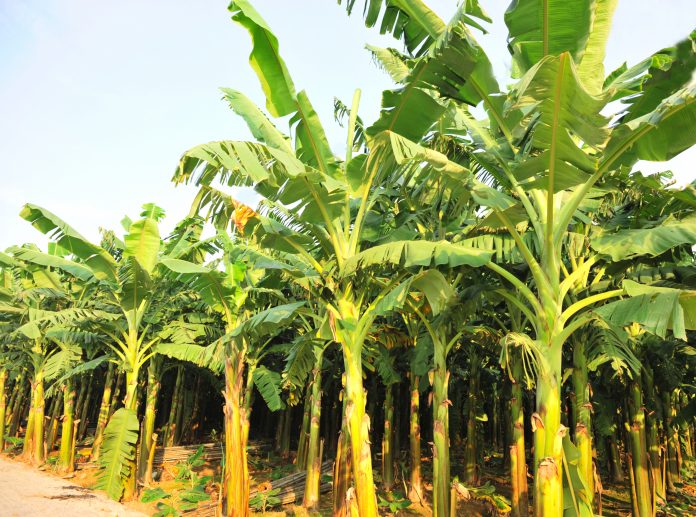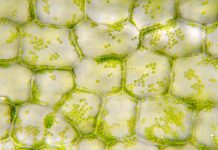New research shows how food security in Africa could be protected by an algorithm that can track diseases in banana crops
The International Center for Tropical Agriculture (CIAT) has released new research that shows how a combination of imagery from mobile phones, drones and satellites can be used to clamp down on banana threats. The images of varying resolutions are fed into a platform “trained” through machine learning to identify banana crops and analyse threats with 97% overall accuracy.
Bananas are thought to be the first fruit on earth, originating in Southeast Asia. African people created the present name for them, derived from the Arabic for “finger”, and trade began in force at the end of the fourteenth century. The development of railroads and technological advances in refrigerated maritime transport subsequently enable bananas to become the most traded fruit in the world.
The findings were published in the ISPRS Journal of Photogrammetry and Remote Sensing.
The importance of food security in Africa
The research case studies, conducted in the Democratic Republic of Congo and Republic of Benin, have important implications for the 90 million people in East, West and Central Africa who rely on bananas and plantains as a primary food source. These mostly small-scale farmers are dependent on their cultivation for food, income and job security.
The increasing arrival and spread of serious diseases, fungal infections and viruses, due to climate change and land-use change among other factors, pose a serious food security threat. There are six major and devastating threats to banana, among them bunchy top disease (BBTD) and Xanthomonas wilt of banana (BXW).
“Threats are currently detected by experts in the field using cell phones,” said Michael Gomez Selvaraj, a crop physiologist and co-author at the Alliance of Bioversity International and the International Center for Tropical Agriculture (CIAT).
“But to track and detect diseases across huge tracts of land at country, district or village level, you need a platform that quickly detects threats.”
Algorithms of banana plants
Using a pixel-based classification system, first the researchers trained the model to detect banana plants on mixed-farm systems, where smallholder farmers grow many things on one piece of land. After ‘learning’ the patterns and algorithms of banana plants, the researchers then trained the platform to analyse physical symptoms of the six diseases, and the percentage threat. Information about the severity of the specific threat can be sent to government authorities who can take immediate measures to clamp down on them – protecting food security in Africa.
“Otherwise potential threats multiply quickly, for example, farmers may give infected crop stems to others, and, in the case of a virus, spread it around the country or district without knowing until it’s too late,” said Selvaraj.
The next step in protecting banana crops
Bananas are worth an estimated US $8 billion in 2016, and are the most traded fruit globally. The need to preserve banana production in Africa goes beyond the economic benefits – the nutrition benefits of the fruit are immense for how cheap the fruit is, worldwide.
In the proposed new method for tracking crops, farmers and workers in the field bring field information, which is richly supplemented with satellite data to detect crop area. Drones are then deployed to analyse the exact disease threat and how bad it could be. The problem with current tracking systems is that they rely on a single-sensor, something that can’t keep an eye on larger landscapes through combined methods of technology e.g. mobile phones, drones.
“We can now detect six major banana threats with speed and accuracy with our Tumaini mobile phone app,” said Selvaraj. The database is free for farmers, organisations and governments to use, and has been downloaded from the Google App store 2,500 times.
“The next step is to find financial support to bring more partners together, so we can track more data over a wider area. The hope is to cover Africa, India, Australia and Latin America where bananas are a major crop and these threats are looming,” he added.
Graham Thiele, the Director of the CGIAR Research Program on Roots, Tubers and Bananas, said:
“We congratulate the team on this breakthrough research. It validates the use of aerial images for disease detection, potentially transforming our ability to assess threat impact.”











